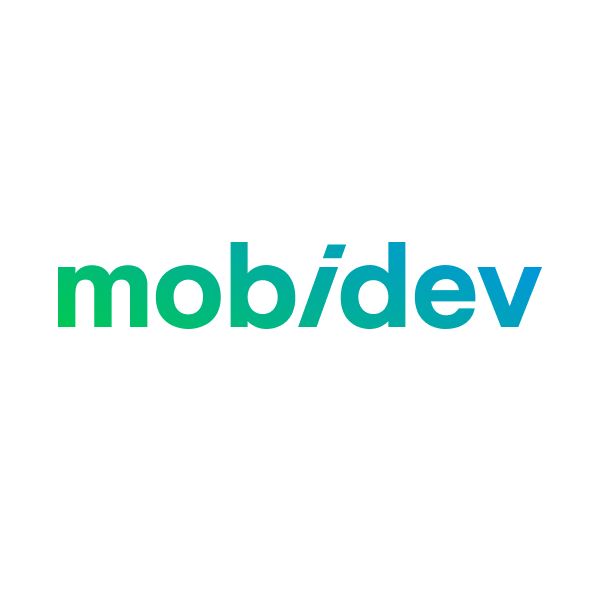391 reads
Technologies Behind No-code & Low-Code Solutions and How to Build Your Own
by
May 5th, 2022
Audio Presented by

Trusted software development company since 2009. Custom DS/ML, AR, IoT solutions https://mobidev.biz
About Author
Trusted software development company since 2009. Custom DS/ML, AR, IoT solutions https://mobidev.biz